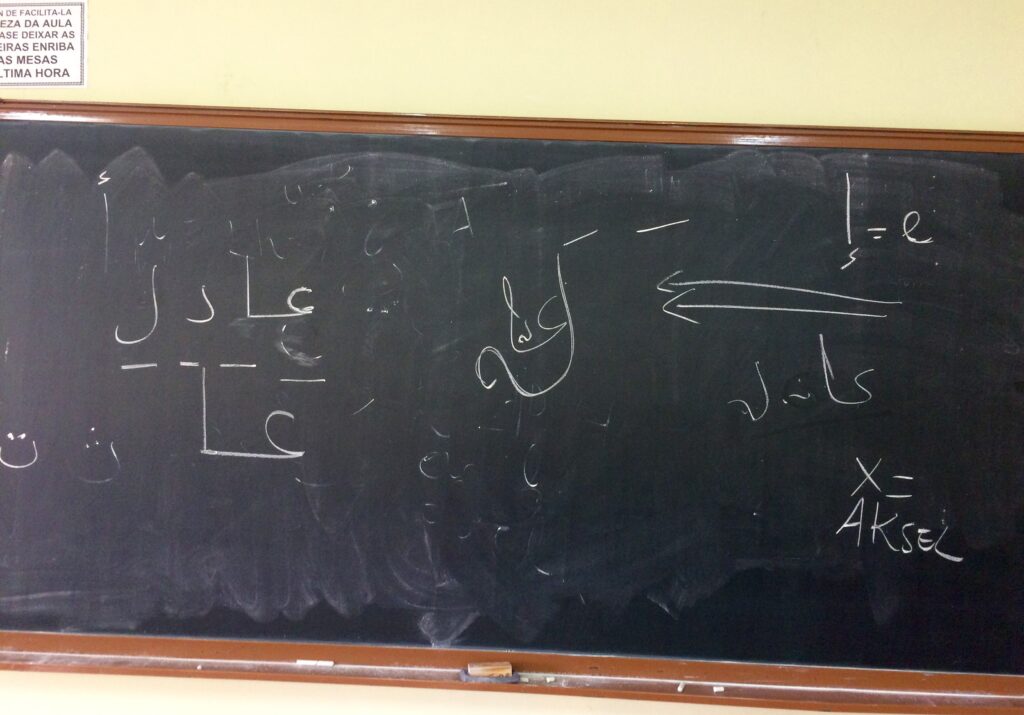From a critical perspective of language education and related to the development of language awareness (LA), the approach called Critical Language Awareness (Fairclough, 1999; García 2008; Hawkins, 1984) emerges, which is enriched by the scientific advances promoted by the EVLANG pedagogical renewal project, developed between 1997 and 2001 within the framework of the Socrates Lingua programmes.
The so-called Critical Lanuage Awareness conceives languages as a dynamic phenomenon rather than a fixed construct of established norms and approaches linguistic repertoires as social practices. In this way, language uses, including language switching and mixing, are understood as resources and strategies of repertoires that are mobilised in interaction and through which meanings, identities and linguistic ideologies are negotiated in discourses. Thus, from this perspective, the analysis of language ideologies and representations becomes particularly relevant (Fairclough, 1992).
Some of the aims of developing critical language awareness in education can be summarised as follows:
• To increase the ability to reflect on the language, structure and function of both the L1 and the different languages that expand people’s multilingual repertoire.
• To develop speakers’ awareness of the richness of language and cultural diversity, both in the classroom, the school, the community and the world. It includes both language diversity and varieties of linguistic repertoires.
• To strengthen relations between the various ethnic groups, developing awareness (or reflection) in each group of their origins and the characteristics of the repertoires employed.
With the application of this approach in language classrooms, learners have the opportunity to discuss, confront, analyse and reflect on very different examples and linguistic repertoires, especially if a meaningful and critical discussion is pursued (Hawkins, 1992). These activities help to develop metalinguistic awareness and encourage learners to value linguistic diversity and reflect on the processes of sociolinguistic change in which they are immersed.

In EquiLing research
- The didactic approach known as language awareness is the backbone of the participatory and collaborative research that defines our proposal for classroom activities.
- The implementation of this type of activities allows for the emergence of plurilingual and/or metapragmatic practices, which are ideal for exploring from an emic perspective how participants negotiate in their interactions the linguistic ideologies, their identities and the polycentric hierarchisation of languages and their varieties in the new multilingual spaces of the educational sphere.
If you want to know more
Fairclough, N. (ed.) (1992). Critical language awareness. London: Longman.
García, O. 2008. “Multilingual language awareness and teacher education”. In Encyclopedia of Language and Education, editado por J. Cenoz, y N. Hornberger, 385-400. Berlin: Springer
Hawkins, E. W. (1984). Awareness of language. An Introduction. Cambridge: Cambridge University Press.





